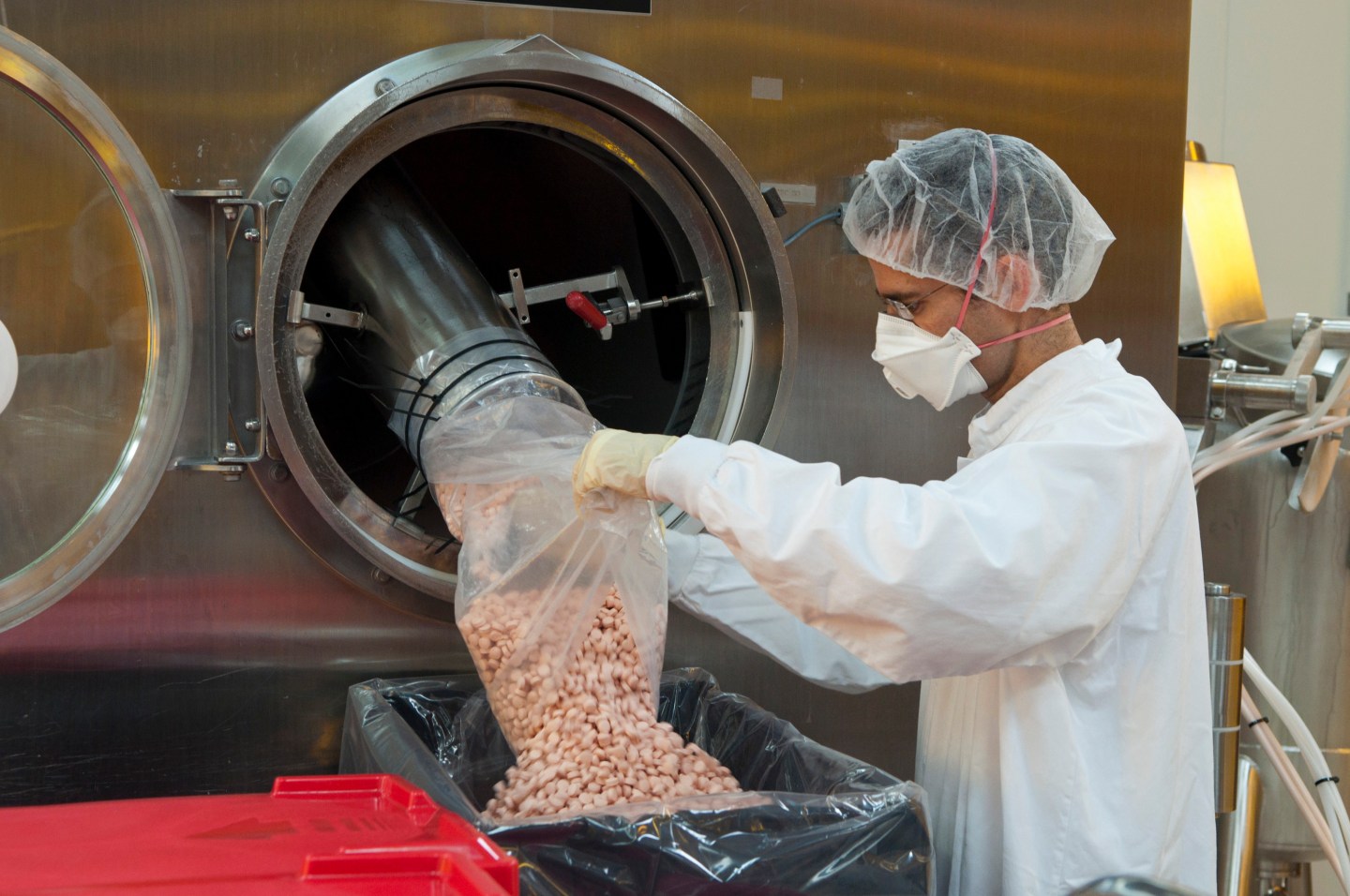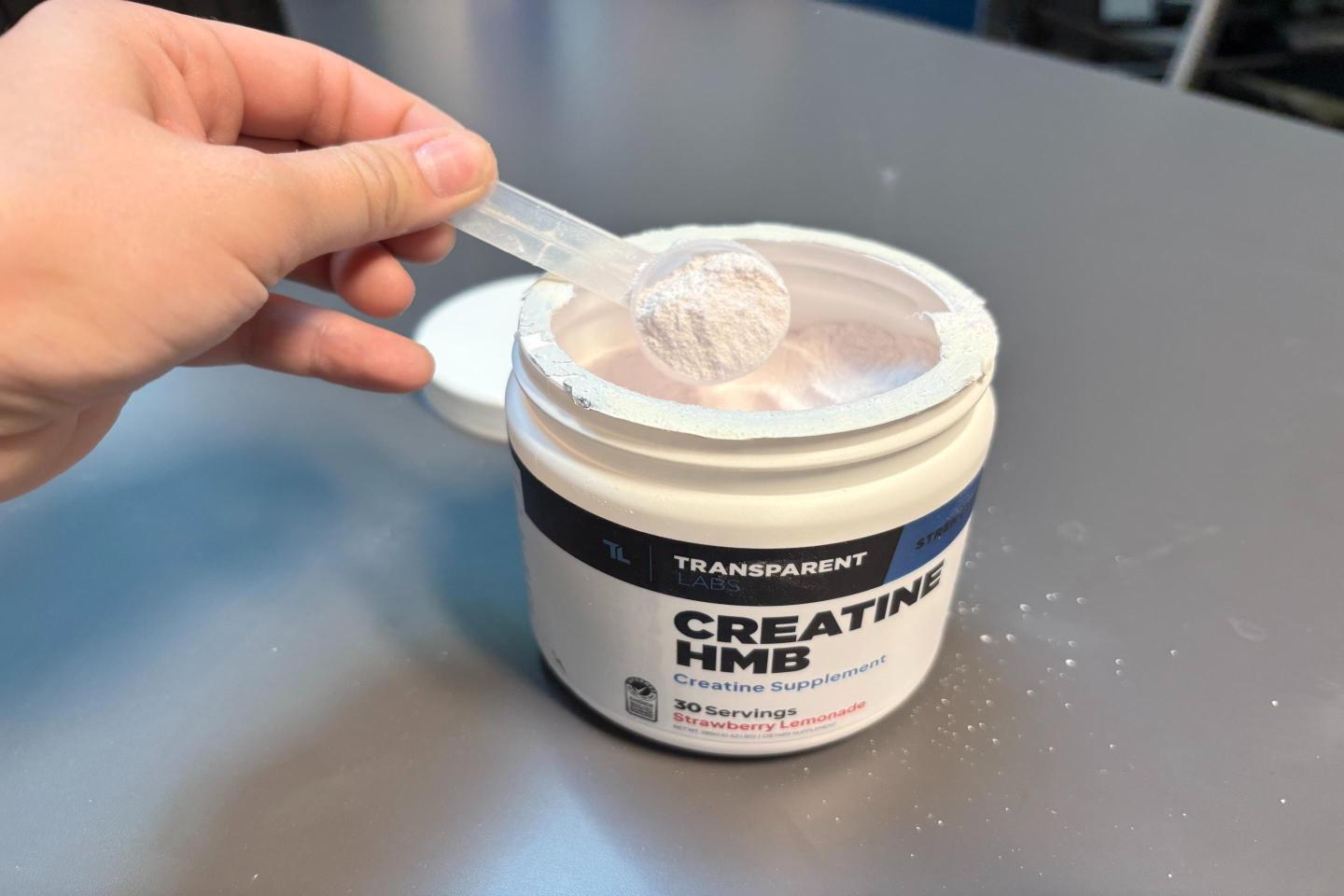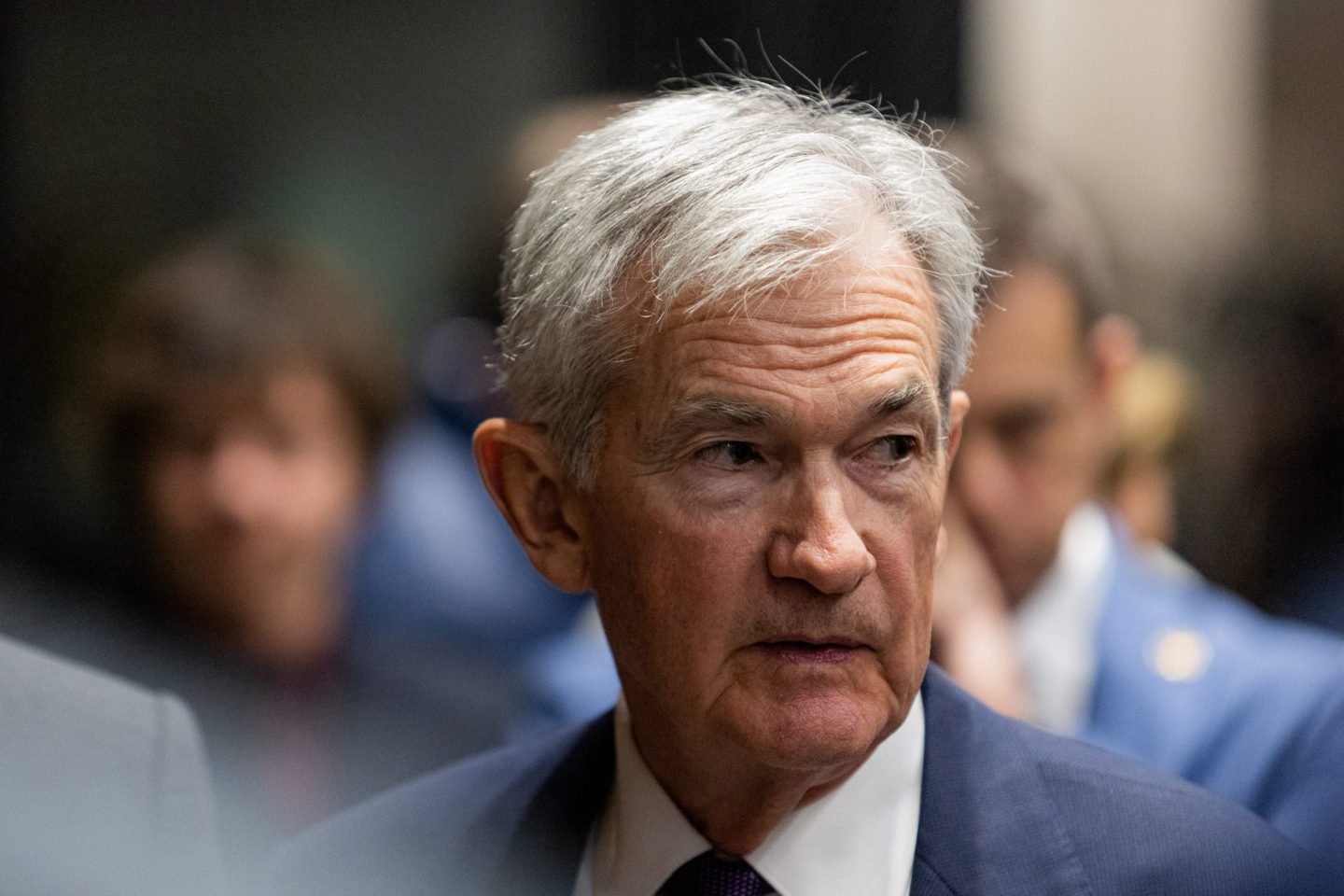News this week that Turing Pharmaceuticals raised the price of its 62-year-old Daraprim treatment by over 5,000% has brought drug prices back into the headlines. Overall, drug prices have risen over the past two-and-a-half years, driven for the most part by the huge price gains for specialty drugs.
Drug prices rose 13.1% last year, of which 6.4% of the gain was a credit to traditional medications, and 30.9% was due to specialty medicine prices, according to Express Scripts.
Express Scripts, the largest pharmacy benefits manager in the U.S., publishes an annual drug trend report that takes a look at how drug prices are changing as well as how heavily patients are using those medicines. The data come from its own members, and given the company’s wide reach, it’s fairly representative of what’s going on in the broader market.
The benefits manager broke down unit costs—which accounts for inflation as well as rebates—for all therapy classes to find which categories of drugs faced the biggest price gains in 2014. (As a side note, some categories actually saw prices fall, such as asthma and depression drugs.)
1. Hepatitis C: 666.6%
The huge price leap for this category led it to become the fourth most-expensive specialty therapy class last year based on the per-member-per-year spend. This change was driven by brand new therapies Solvadi, Olysio, and Harvoni, which hit the market after recent approvals. These new antiviral therapies are vastly superior to earlier drugs and are able to cure the disease, although they come with formidable price tags. Gilead Sciences’ (GILD) Solvadi, for one, costs about $84,000 for a 12-week course of treatment.
2. Compounded Drugs: 128.2%
Compounded drugs can be used to treat any number of diseases. It’s a grouping of medicines that pharmacists create by combining multiple drugs for a needed condition. The prices for these drugs saw an unexpected jump after new regulations were passed in 2012, requiring compounded drugs be billed based on ingredient levels in the pill, not on the highest priced ingredient. Since then, bulk manufacturers and compounding pharmacies have raised prices substantially as a result, said Express Scripts.
3. Hemophilia: 17.6%
A number of new hemophilia drugs have hit the market, many of which are longer-acting and improve on current treatments. The new medicines allow patients to go longer between medicine infusions, but also come with slightly higher prices for the benefit. Still, at least one company has tried to ensure the new medicines are still accessible. Biogen (BIIB) promised to keep its new hemophilia treatment, Alprolix, at an equivalent annual cost to existing treatments.
4. Diabetes: 16.3%
Innovation continues for diabetes drugs: Four new treatments were approved in 2014. On top of that, more than half of diabetes prescriptions last year for branded medicines, which are often more expensive than their generic counterparts. This group of drugs held the title of the most expensive for Express Scripts based on per-member-per-year spend.
4. Pain and inflammation: 15.7%
While generics dominate this class of medicines, the price savings haven’t trickled down. Express Scripts explains this is because branded medicines have successfully won patients over with claims of “superior safety” by offering tamper-resistant formulations. As for specialty inflammation medicines for diseases like rheumatoid arthritis, the price boost “is likely related to typical brand inflation,” Express Scripts said.
For more Fortune Technology coverage, watch this video:
[fortune-brightcove videoid=4492977982001]











